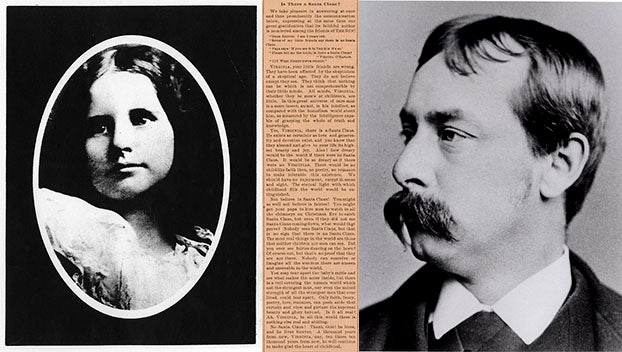Leave it to the states
Published 6:57 pm Wednesday, November 18, 2015
One of the marquee talking points of the Nov. 14 democratic debate was raising the federal minimum wage. The three candidates differed slightly on their stance. Senator Bernie Sanders and Maryland Governor Martin O’Malley were in support of a $15 minimum wage across America. Secretary Hilary Clinton supported lifting the federal minimum wage to $12 an hour. She also said she supported campaigns for an even higher wage in areas where the cost of living is higher — like New York City and Seattle.
The common ground was that they all believe the federal minimum wage needs to be higher. It was last raised effective July 24, 2009 and currently sits at $7.25 an hour — less than half of what Sanders and O’Malley are campaigning for.
Of course, only states have the authority to raise the minimum wage. They just can’t dip below the $7.25 federal minimum wage. North Carolina’s minimum wage is that federal lower limit of $7.25 an hour.
There’s a lot of danger in increasing the federal minimum wage, especially in such a drastic way. Basic understanding of economics and the law of supply and demand tells us one important thing: as price increases, demand decreases.
Increasing the price of labor (the minimum wage) could decrease employers’ demand for it. And demand dropping like a rock will result in unemployment. Outsourcing labor to foreign countries has already been a struggle for the American economy. Raising the federal minimum wage could make it even tougher to compete in that regard.
It’s also could be imprudent for the federal government to increase that baseline across the board. The cost of living varies vastly across the nation. A Beaufort County resident can live quite a comfortable life at $15 an hour while someone in New York City or Seattle would struggle to make ends meet.
The ACCRA Cost of Living Index measures cost of living in cities throughout the country. A composite score of 100 indicates the cost of living in an area is equal to the national average. Anything below 100 means the cost of living is below the national average.
In 2014, the index rating for the Greenville metro area, which is the closest area applicable to Beaufort Country, was 96.2. Seattle’s index rating was 119.1.
An increase in cost of living may also follow right behind any increase in the minimum wage, too. In the end, it’s a decision to be made at the local and state level. Let those governing bodies determine what is best for their communities.




